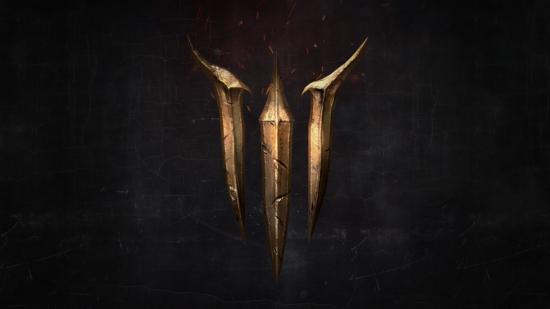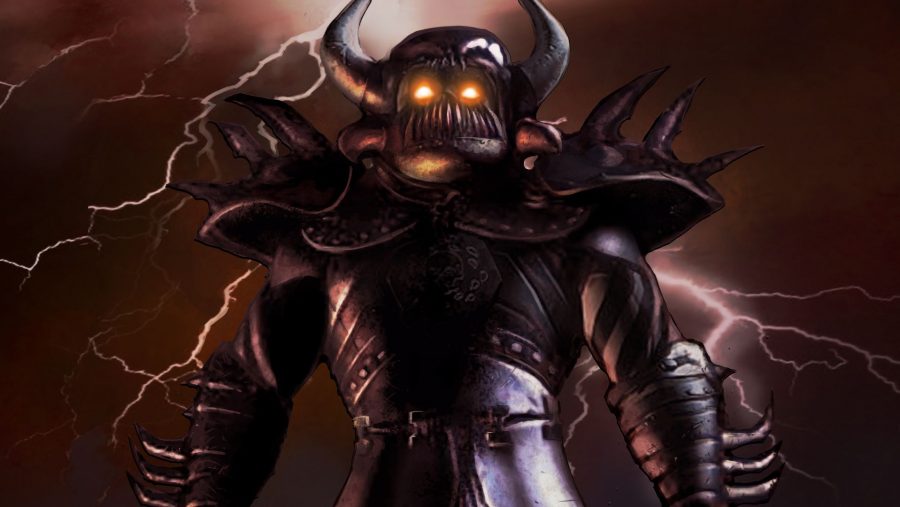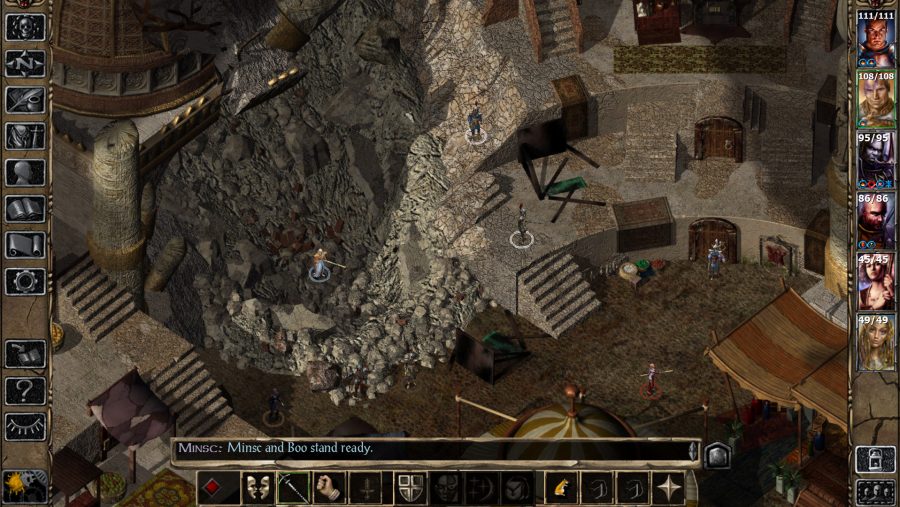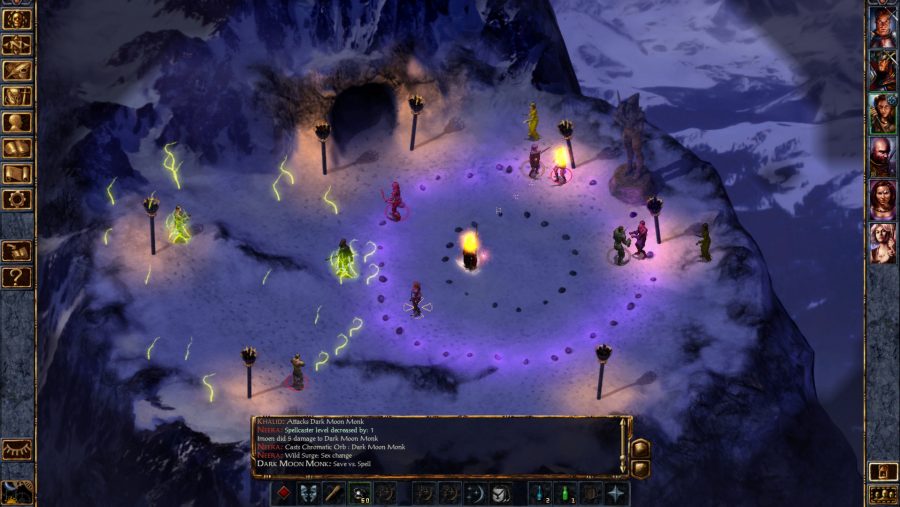October 11, 2020 This feature was originally published in Jun, 2019.
Baldur’s Gate is a landmark in the role-playing genre, and in PC gaming. It single-handedly revitalised the CRPG, spawning imitators like a splitting green slime. It introduced, in the best possible way, a generation of digital gamers to Dungeons and Dragons, the classic pen-and-paper game upon which it was based. It was the first videogame to use the now iconic, isometric Infinity Engine, creating a genre aesthetic that persists even today, with games such as Pillars of Eternity paying homage to the look.
And now, after much speculation, rumour, and last week’s tease, it’s been confirmed that Larian Studios is working on Baldur’s Gate III. Though the series got new story content in 2016 with Siege of Dragonspear, an expansion for the enhanced edition of BG1, Larian’s game will be its first numbered release since 2000’s Baldur’s Gate II: Shadows of Amn.
It’s one hell of a legacy to honour, but if anyone can do it, it’s the studio behind 2017’s sublime Divinity: Original Sin II. We spoke with Larian’s co-founder Swen Vincke, with a surprise cameo from Dungeons & Dragons’ strategic director Mike Mearls, about how BG3 finally happened and how it will shoulder all that expectation.
PCGamesN: Can you walk us through how Baldur’s Gate III came about, and how you won the trust of Wizards of the Coast?
Swen Vincke: After the first Divinity: Original Sin, I flew to Seattle to pitch the idea of Larian making BG3 to Wizards of the Coast [publisher of Dungeons and Dragons]. They didn’t immediately buy it, but they did listen to us, and to what our vision for the game would be.
Time went by, and we kept bumping into each other at trade shows and player shows. At some point I got a message from Nathan Stewart [director of strategy for Dungeons and Dragons], and he said “do you still want to do this?” And so I said “yeah, of course I still want to do it!”
He invited me to go have dinner in Seattle. He had a PowerPoint that he wanted to present to the board [of Hasbro, who own Wizards of the Coast] on why it would be a good idea for us to make this game, and he remembered all the stuff that I’d told him. And that was that, the board said yes, and we started working on the story together with Mike [Mearls, creative director of D&D and co-creator of its current edition].

Baldur’s Gate is arguably the most precious licence in CRPGs. How are you responding to the pressure and expectation?
SW: We try not to think about it, and just focus on making the game that we would like to play. I have to say that now we’re very close to the announcement, I’m starting to get very nervous. The more I talk to people the more you sense that people really have very high expectations. But the team is incredibly motivated and also very talented, and we are throwing our biggest team ever at this, so I hope that we are going to deliver on those expectations. We will see! There’s a lot of work ahead of us.
What can we expect of Baldur’s Gate 3’s relationship with D&D, given that it’s directly licensed from the IP rather than just inspired by it? Is it based on fifth edition?
SW: BG3 is based on the fifth edition [of D&D]. We started by setting out the ruleset very meticulously, and then seeing what worked and what didn’t work – because it is a videogame, and D&D was made to play as a tabletop game. So for the things that didn’t work, we came up with solutions.
Related: Check out the best D&D games on PC
The cool thing we found is that a lot of what makes D&D, D&D, actually survived the translation, so I think that if you like Dungeons and Dragons and you want to play BG3, you’re going to be happy.
Where does it fit within the D&D universe as it exists today?
SW: BG3 is set directly after Baldur’s Gate: Descent into Avernus, which is the recently-announced pen-and-paper campaign from Wizards of the Coast, and is launching in September. We worked on it together – the principal writer of that campaign came to Ghent for quite some time, and we spent a lot of time at the Wizards offices – so if you play that campaign you will see references to it in BG3. However, BG3 is also the next chapter in what happens to Baldur’s Gate as a city.
Was it difficult to come up with a design vision for the game, in terms of the story and systems to include, or did that follow fairly easily from current D&D?
SW: We went to Wizards with a rough idea of a story based on something that we saw in one of their books, and then we started brainstorming together and noticed that we have a very similar approach in how we do things. So it actually came about fairly easily.
The same thing went for the systems. If you look at, for instance, what we do with Original Sin, we throw challenges at you and give you a whole bunch of systems with which to overcome those challenges. That’s literally the same thing that Wizards does when they make a D&D campaign. They give you a reason to go on an adventure, you gather a party of adventurers, you get challenges thrown at you by a dungeon master, you use the systems that are available in the player handbook to overcome those challenges, and then the DM rolls with whatever you come up with to make sure that the rest of the story makes sense.
That’s literally what we do, too. It all actually came very naturally.
How closely are you working with Wizards of the Coast?
SW: Well, I’m here with Mike Mearls, who is creative director on D&D and was lead designer [for the game’s current, fifth edition].
Mike Mearls: As far as working together goes, it’s a very collaborative process – in a lot of ways, our game design and storytelling cultures are very similar. So it felt like a seamless match, in the sense that as we started discussing the story for BG3, it was very similar to the approach that we use when building a tabletop product.
The key features of the game really mirror a lot of the key features of tabletop Dungeons and Dragons: giving people the creativity to solve problems the way they want, giving them interesting situations and tough decisions to make, but then letting them make those decisions and find solutions within the systems of their build, letting them experiment and play. So I really felt like it wasn’t just collaboration; it felt like an extension of our own team, like it was just a natural part of D&D.
How would you differentiate Baldur’s Gate 3 from Divinity: Original Sin 2 and other contemporary CRPGs?
SW: The philosophy that we use to make the games is similar, but this is D&D, so it very much has its own identity. You can see that in the teaser trailer [when it releases] – the visual identity of the game is very different to Divinity: Original Sin 2, and you’re going to see that throughout the entire game.
At the same time, DOS2 was based on pen-and-paper systems, where it was about giving you systems and overcoming those challenges. So what you can expect in BG3 is us giving you more tools to fool around with based on fifth edition rules and on some of the things that make the fifth edition so cool and accessible.
What lessons did you bring from Divinity: Original Sin 2 to Baldur’s Gate 3?
SW: With each game that we make, we learn a lot of things about how to make them. So this was no different for DOS2: much-loved as it was, there were still several flaws, so we’re going to try not to make the same errors as we progress towards BG3.
Specifically, one of the things we wanted to achieve but didn’t really manage that well in DOS2 is how the group of adventurers function as a party – how that plays and impacts them. So we made ‘gather your party’ the motto of BG3. We’re putting a lot of emphasis on how the party dynamics are going to evolve throughout the game.
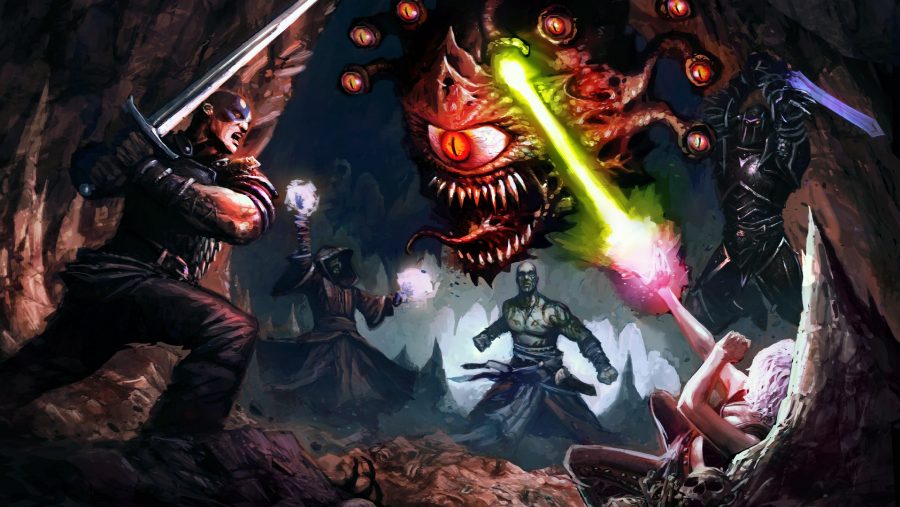
What can you tell us about DOS2’s big features and whether they’ll make it into BG3? Particularly the game master mode, multiplayer and co-op gameplay, and the much-praised combat system?
SW: I can tell you it’s going to be single- and multiplayer, and that you will be able to play the campaign cooperatively. That’s something that we pioneered in the Divinity: Original Sin series, and I think it should be part of every single RPG that comes out, to be honest. We’re not commenting on Game Master modes.
Role with the punches: The best RPG games on PC
With respect to the combat system, this is based on D&D, so we’re using their combat system. We had to make a few tweaks, but we’re also trying to bring the stuff that you use in combat to overcome your foes, and which relates to how you imagine the fight to be, and how you imagine your characters doing things. We’re trying to make that possible within the game. So expect something that’s going to give you quite a lot of freedom when it comes to combat.
How has the current CRPG boom affected your studio and this project? Do you see it waxing or waning from here on?
SW: I can only comment on our own game. DOS2 keeps selling very well – it is consistently in the top 50 or whatever, I’m not really checking every day – but I can see that the sales keep going very well. We’re close to three million units now. So that’s a good thing because it allows us to make BG3, because obviously it’s a very big production for us, so that means we’re investing a lot in it. I think if we make the RPG that we want to make, then people will want to play it. And if people want to play it, and they’re willing to pay for it, then we should be fine.
You’ll be at the Stadia presentation, so I take it BG3 will come to Stadia. What appealed to you about the platform?
SW: BG3 is indeed coming to PC and Stadia. Stadia is cool in the sense that this is a game that you can play in multiplayer and it takes over 100 hours to finish a campaign, roughly. So when people play it multiplayer it can take a long time before they finish a campaign. We hear a lot of stories of people playing DOS2 and it takes them over a year to actually finish the campaign, due to the fact they have to get together, and have time behind the same screen, or behind their PC, or their console.
Stadia allows you to just click on a link and start playing, so it makes it much more accessible. So I think that we are going to see more people take up the multiplayer mode as a result of that and so I’m very curious to see how that’s going to work.
Any closing thoughts, Mike?
MM: I think the important thing to keep in mind is if you haven’t played BG since BG2 and you want to understand where the city is before the events of BG3, the tabletop campaign Baldur’s Gate: Descent into Avernus is releasing September 17.
